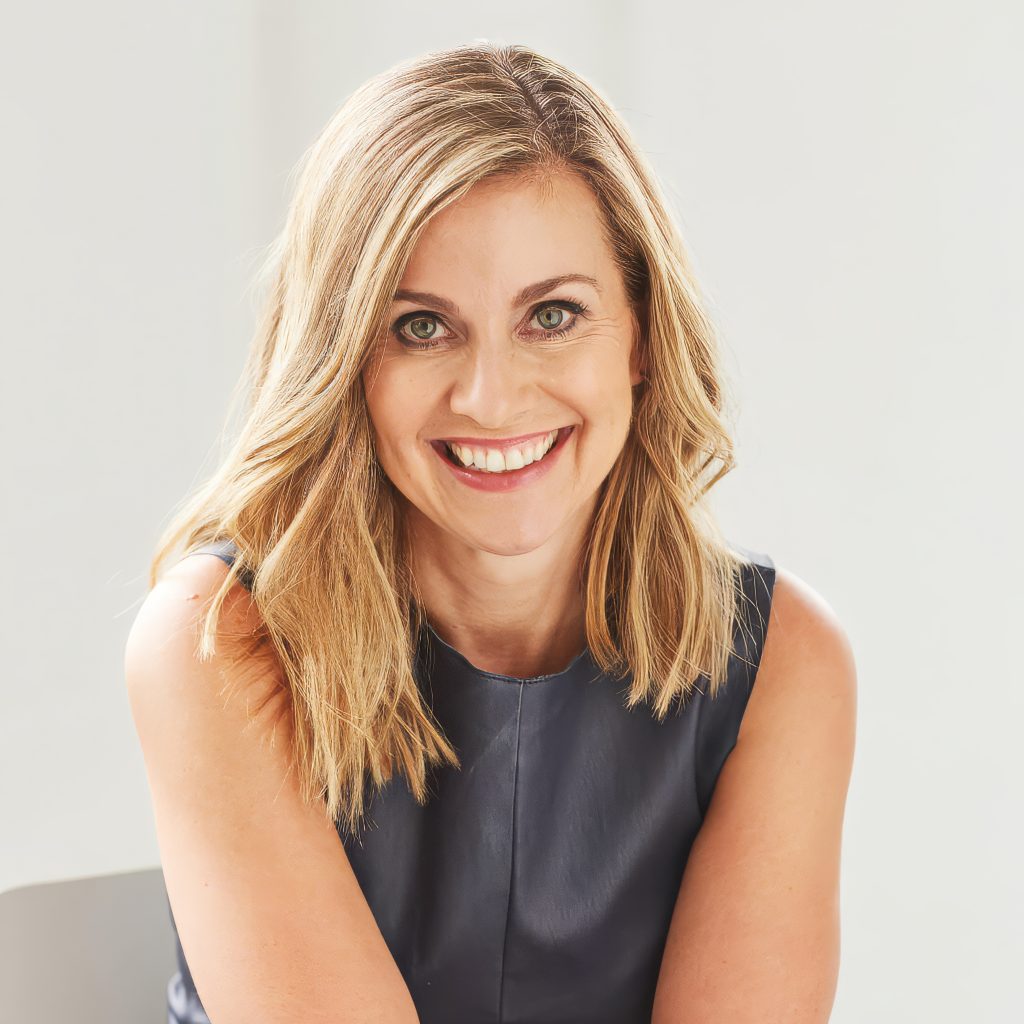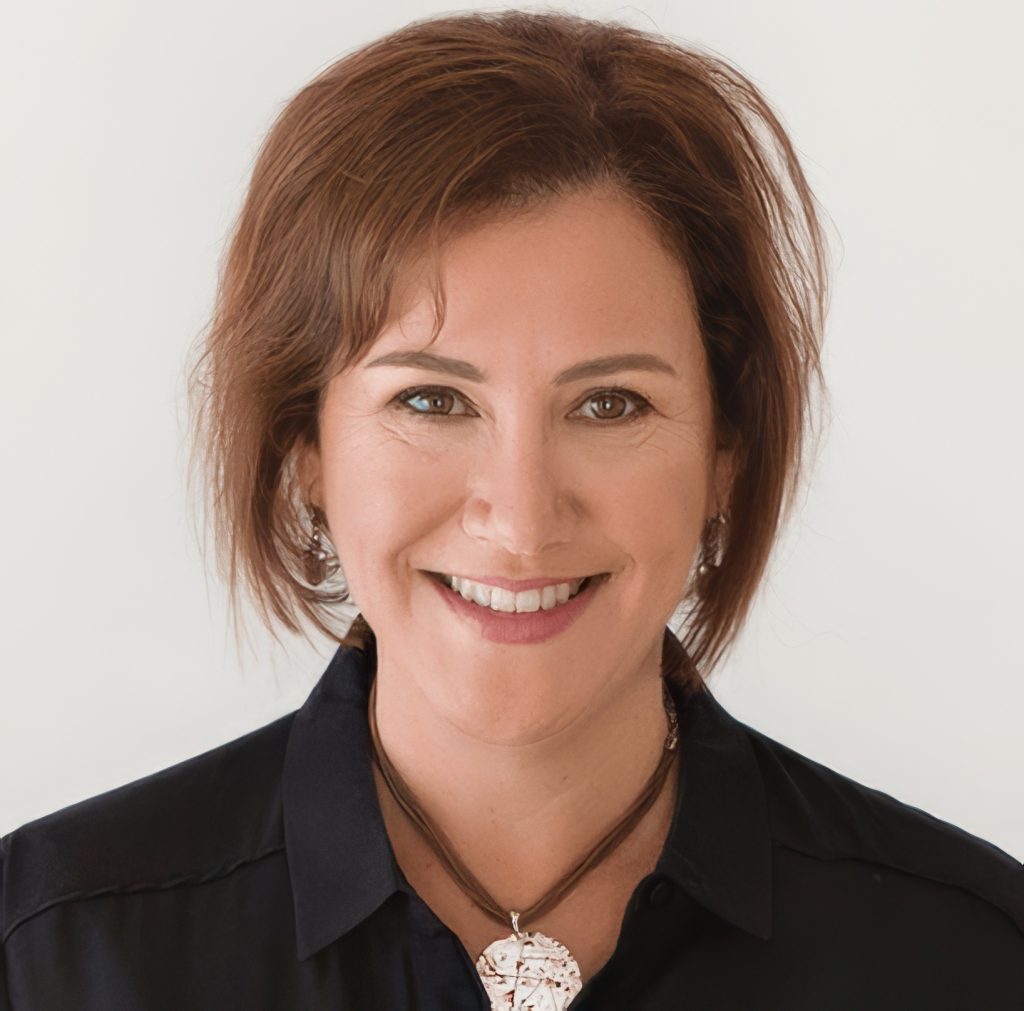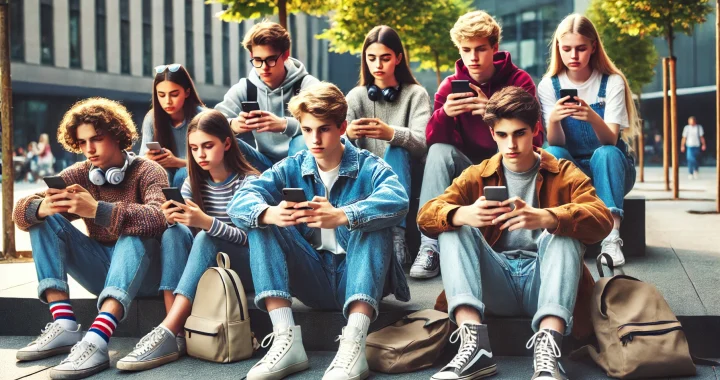Australia’s eSafety Commissioner Julie Inman Grant wants to ban platforms like Meta, YouTube, and WhatsApp for users under 16 — a bold move.
But should she recommend more, such as an educational program that compliments the ban and provides teens with the skills to avoid social media pitfalls?
At the moment, the proposed ban looms as a huge negative in the minds of young users.
“Not only are we going to deprive you of your social contact on these platforms, we are also spending millions to develop age verification technology that shuts you out,” the publicity seems to suggest.
Some teens will experience mental health issues if they are socially isolated by a ban.
Teens themselves acknowledge there is a problem with social media despite being engrossed in it.
In a survey by Nature in December-January which included 224 teens, 72% agreed that TikTok fostered social media addiction or excessive use, 65% of teens acknowledged it contained inappropriate content, and 50% said it had a negative impact on the wellbeing of those under 16.
From my informal discussions, parents overwhelmingly support a ban although many are sceptical about whether it will work. For them it’s not only the toxic content, it’s also the massive time their teens dedicate to social media, the addiction.
The existence of bipartisan political support for the ban suggests it will go ahead.
There’s no doubt some form of ban is necessary given the cyberbullying, inappropriate contact of children by adults, sexual content, deep fakes and vicious commentary that is online.
Actions by Meta, X, and others to roll back their vetting of abusive content and misinformation, makes it even more imperative. They just don’t care about people, only profits and power. My view is that the ban needs to be complemented by an education program that makes kids aware of the dangers and gives them strategies for survival online, and hoe to think analytically about the information they encounter.
We could counterbalance the negativity of a ban with the positivity of giving teens a safer, educationally focussed national social media network alternative that still offers plentiful interaction but lacks the toxic, addictive content.
Young teens could share content with friends, classmates, social groups, communities and sporting clubs as usual. There is no need for social isolation. The network also could be a teaching platform covering a wide range of online issues.
There is a heap of ancillary support options that could be promoted and accessed through it such as physical mental and physical wellbeing support by Headspace and Kids Helpline.
Where advisable, we could adopt concepts from other countries’ platforms such as South Korea’s Educational Broadcasting System (EBS) and India’s Digital Infrastructure for Knowledge Sharing (DIKSHA).
For parents concerned about their teens’ online addiction, the network could allow the setting of time limits for access and discrete monitoring of hours of use.
The US currently dominates the social media development space, and the world is paying for it as their billionaire owners become greedier, brazen, and more controlling, and lust after unbridled power.
They even want US president Donald Trump to push our government into reducing and eliminating the guard rails around their activities by cutting regulation.
It wouldn’t do Australia harm to show the big tech firms that they are not the only ones capable of building and adapting a social media platform. They might get a shock.
It’s true that many attempts to build alternative social media networks have failed, but that’s often because they cannot get sufficient users aboard to make them attractive.
The education space offers a guaranteed user base of millions of students and teachers.
The eSafety Commission says it would welcome software that improves online safety.

The commission is tasked with implementing and enforcing the Social Media Minimum Age Act, when it operates from December.
“ESafety would welcome any innovation, product or service that improves online safety for Australians,” says a spokesperson for eSafety Commissioner Julie Inman Grant.
“While there are benefits that social media can deliver, many platforms are not doing enough to keep users safe, particularly children,” the spokesperson says.
” We are particularly concerned about algorithmic manipulation, constant notifications and other deceptive or harmful design processes designed to keep kids hooked.”
The new laws placed restrictions on some social media services for under 16s, but they were not about restricting access to the internet or important digital services.
“Minister (Michelle) Rowland has stated the legislation enables children under 16 to continue to access messaging, online gaming, and services and apps that are primarily for the purposes of education and health support.”
DiGii Social is an example of a local network that could be scaled up nationally. It describes itself as “a safe and secure social networking platform which educates and prepares children for their digital life”.

Its customers currently are individual schools, and while its emphasis is younger students, co-founder and CEO Claire Orange says DiGii Social could be used nationally at senior levels too.
“Absolutely. I know that this can be scaled up. I know that the content is current. I know that primary and secondary school students could benefit from this. This could be made available to every Australian child.”
She says students can share content as they would on other platforms, but the toxicity is absent. The platform could engage its own online security staff and fact checkers.
She began developing DiGii Social just before the pandemic after noticing surging mental health issues among children exposed to social media. She says DiGii Social is a unique global offering.
WeAre8, founded by Australian businesswoman Zoe Kalar (formerly Sue Fennessy), is another social media platform that could be adapted to this task, but it would need major revision.
WeAre8 closed its Australian offices this month, making sales and marketing staff redundant, reports bandt.com.au.
But it is not dead. Kalar recently said the company is centralising its marketing functions in London where it had success in the UK, Europe, and US markets.
A national social media platform could task teens with educational challenges, such as identifying misinformation, developing online research skills, dealing with cyberbullying and learning to use artificial intelligence appropriately as a support tool, not as a substitute for thinking.
Australian firm Cybernetic Shield, which specialises in cyber safety and digital wellbeing for schools and students, says it is willing to partner with a local social media platform if one arises in the education market.
“We are aiming to make sure children are safe, so we are happy to partner with organizations that have that same goal,” says chief risk officer Jessica Sears.
Its broad agenda includes assessing and addressing the technical risks of cyberattacks in the educational environment along with mental health risks of students being online.
It deals with both school administrations and students directly, producing education modules on cybersafety related issues for schools from Prep to Year 12. It has psychologists and counsellors on board 24/7 for students if they need an initial conversation after an online incident.
“We are a 24/7 operation, covering students and staff during school holidays and outside of school hours, as well as during school days.” says Ms Sears.
US education technology company Chegg is another option, with its mental health support services, online tutoring, and learning lab tools. It operates in both the tertiary and secondary environments.
Meanwhile, the quest to shut kids out of the toxic platforms continues. Facebook, X, Instagram, TikTok and Snapchat are currently in the government’s sights.
SecurityBrief Australia this week reports that Incode Technologies will take part in an Australian Government trial to evaluate its technologies.
It says Incode Technologies has developed a biometric solution “where a user’s age is estimated from a selfie within seconds, without storing personal information, achieving a 99.87 per cent true positive rate”.
It says the verification process takes about three seconds and has demonstrated high accuracy for young people between 6 and 17. The National Institute of Standards and Technology has validated the company’s system.
There’s also renowned Australian inventor Ric Richardson’s SafeGen identity verification platform.
It comprises a registry of teen’s phone numbers provided by parents that established social media firms have to check to allow access.
Richardson says nearly all social media sites require users to have a verifiable mobile number. “We are part of the AATT (Age Assurance Technology Trial) process,” he says.
A nationally supported, locally produced social media network coupled with the best of educational resources and ancillary offerings would give younger teens a positive alternative to the toxic environments of big tech platforms. They may never look back.
